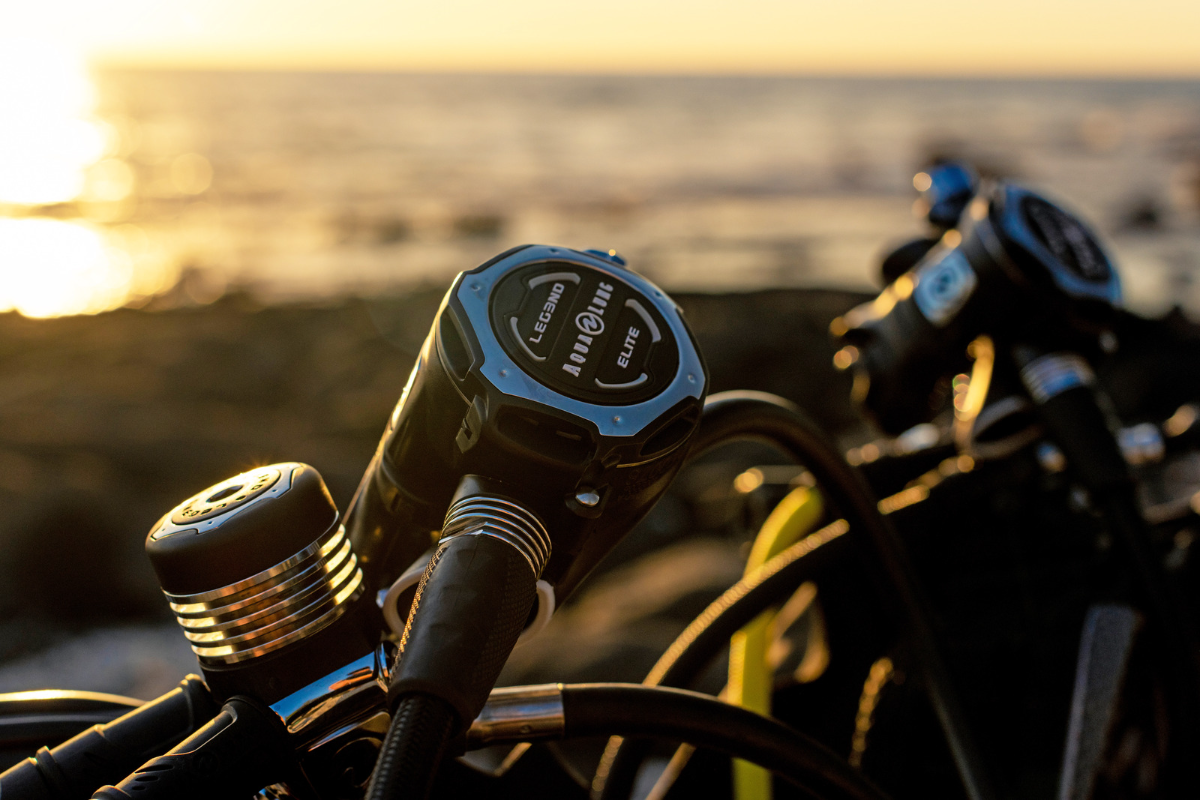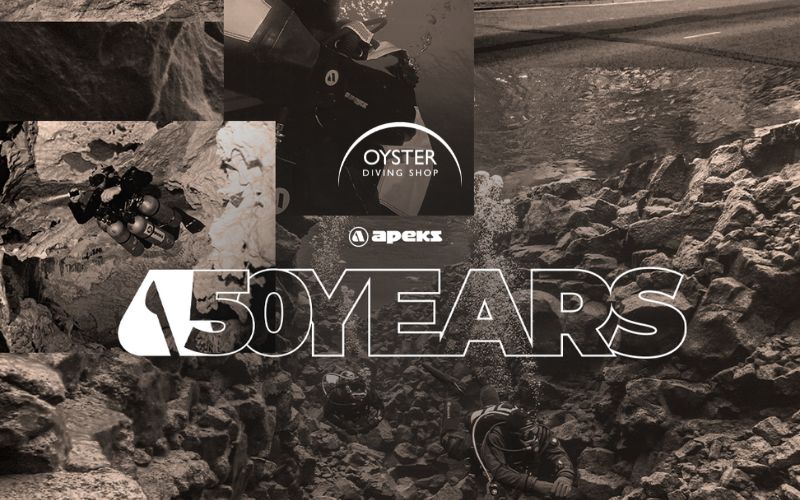DIN versus Yoke (A-clamp) Scuba Diving Regulators - which is better?

To go DIN or to go Yoke, that is the question!
There are two types of connections that allow you to attach your scuba diving regulators to the cylinder. These differences are covered off during the PADI open water course but students often forget what they are or just get confused.
The two different types are:
- Yoke, also sometime referred to as A-clamp and International fitting. This was the standard connection in most of the world almost since the ‘aqua lung’ was invented. The cylinder as a round rubber style O-ring around the hole where the air comes out. An oblong metal brace then fits over the top of the tank valve and allows the regulator seal to sit against the O-ring, an an A-clamp shaped yoke is screwed to tighten the clamp on the regulators against the O-ring
- The DIN system allows the regulators to screw straight in to a threaded opening at the front of the tank. The O-ring is fitted in to the regulators. There are pros and cons for both fittings and these include:
DIN: This tends to be a stronger connection and less likely to have air escape. Also when we have run trips abroad where the dive companies use cheap inserts to the tanks for Yoke regulators to clamp to the tanks they can prove very difficult to seal. This often means changing the O-rings or replacing the insert until you find one that is capable of creating a seal.
Yoke: If some accidently drops a tank and it lands on the valve then is can dent the DIN opening on the tank making it very difficult for the regulator to screw in to the DIN system. If the scuba unit is dropped while the regulators are attached it can knock the regulators and break the seal around the O-ring leading to a rapid escape of air.
In the last 10 years more and more dive centres are defaulting to DIN. Most tanks these days can accept an insert that can take Yoke valves. You can also buy a convertor for your DIN regulators so they can attach to Yoke cylinders. There is one for the to convert Yoke to DIN but they tend to make your regulators heavy and cumbersome.
Another consideration that is more important these days is that DIN regulators tend to be a bit lighter and less bulky as their A-clamp brothers, important when faced with strict luggage allowances.
Yoke valves are still very popular in America and the Caribbean but DIN is common in Europe and holiday destiations that Europeans visit and areas where they offer technical diving.
Having been a diver of over 20 years I have converted my old regulators from A-clamp to DIN and purchased the optional A-clamp adapter. I believe this to be the best configuration unless you are planning on diving in predominately American resorts.







good post thanks for sharing alot of good information here